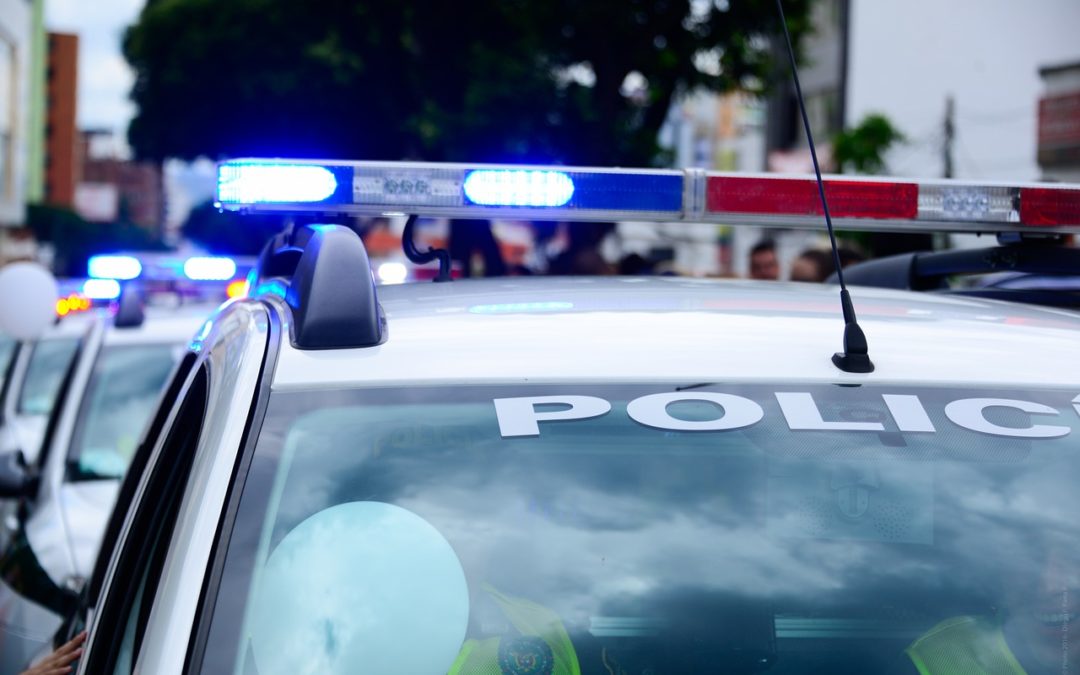I had a person call the office and ask about a photo lineup that was used against them, they thought it was not fairly done. While I can’t go into the specifics of any one person’s case, I can give some general principles regarding photo lineups as well as in person identifications.
In the case of People of the State of Michigan v. Lamont Demond Friar JR, the victim of an armed robbery identified a suspect, who had allegedly robbed her, in a photo on a website by happenstance. Upon identifying the suspect the victim notified the police, who then brought over a black and white photo of the suspect, which the victim immediately identified. The police only used photos of the suspect, and the suspect refused to be in a line up.
The Defense filed a motion to suppress the identity of the suspect, claiming that the photo identification procedure was too suggestive and that it violated the defendant’s right to due process. US Const, Ams V, XIV; Const 1963, art 1, § 17. On appeal it was determined that there was no reversible error, and that photographic identification procedure only violates due process when it is “so impermissibly suggestive as to give rise to a substantial likelihood of misidentification.” People v. Gray, 457 Mich 107, 111; 577 NW2d 92 (1998).
To properly gauge whether a photo lineup or an in person lineup violates due process in Michigan one should consider factors summarized in People v. Davis, 241 Mich App 697, 702-203; 617 NW2d 381 (2000):
(1) prior relationship with or knowledge of the defendant; (2) opportunity to observe the offense, including length of time, lighting, and proximity to the criminal act; (3) length of time between the offense and the disputed identification; (4) accuracy of description compared to the defendant’s actual appearance; (5) previous identification or failure to identify the defendant; (6) any pre-lineup identification… of another person as the perpetrator; (7) the nature of the offense and the victims age, intelligence, and psychological state; and (8) any idiosyncratic or special features of the defendant.
In summary, whether there is a photo lineup, a live lineup, an in person “show up” or an in court identification the court will look at the specific circumstances of the case and use the factors above to determine if the process was constitutional.

